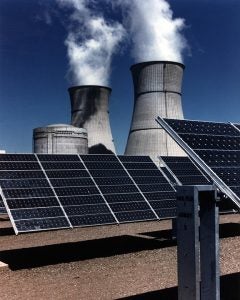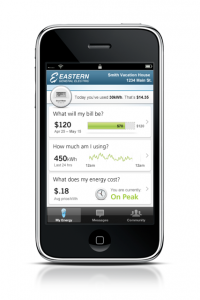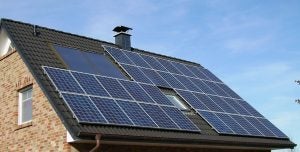 Andrew Barbeau, senior clean energy consultant for EDF, contributed to this post.
Andrew Barbeau, senior clean energy consultant for EDF, contributed to this post.
“Efficiency is good.” That’s the mantra, a known truth, shared by both business executives and environmentalists, who eliminate waste to increase profits and reduce pollution.
When it comes to electricity, efficiency also has proven effective. Whereas power consumption a few decades ago was rising annually at more than 7 percent, the introduction of inexpensive and efficient lightbulbs, refrigerators, and smart heating and cooling has recently led to slight declines in energy consumption, even as the economy boomed and population increased.
Efficiency may be good and effective, but it is inherently hard to calculate. How do you prove the negative? Virtually every state has wrestled with the same questions of how and why electricity use didn’t happen. States with energy efficiency standards – requirements for local utilities to incentivize customers to reduce their energy use year after year – want to know if the investments are cost-effective. With new approaches to calculating energy efficiency, Illinois is tackling that question head on. Read More










 Today’s American nuclear power industry is in a state of upheaval. Four new, large-scale nuclear power plants are under construction in the United States, helped by
Today’s American nuclear power industry is in a state of upheaval. Four new, large-scale nuclear power plants are under construction in the United States, helped by  The Public Utilities Commission of Ohio is still deciding whether to approve bailouts for
The Public Utilities Commission of Ohio is still deciding whether to approve bailouts for 
 Andrew Bilich
Andrew Bilich By Andrew Barbeau, senior clean energy consultant
By Andrew Barbeau, senior clean energy consultant